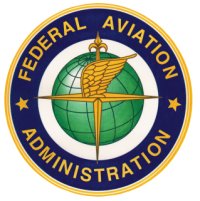NextGen's Next Big Thing

As we move into the summer thunderstorm season, NextGen technology is helping to keep departing airplanes on schedule as they fly out of Newark, NJ, into some of the busiest and most congested airspace in the U.S. That is welcome news for airline passengers who will be traveling during the busy summer vacation months.
FedEx, United Airlines and UPS have been participating in trials with the FAA in Newark and Memphis to demonstrate Data Communications (Data Comm) capabilities and benefits. Data Comm is an FAA NextGen technology that revolutionizes communications between air traffic controllers and pilots. Data Comm provides additional advanced capabilities for controller-to-pilot communications using digital information exchange.
By exchanging digital messages in addition to talking to each other over the radio, air traffic controllers, pilots, and airline operations centers can communicate more clearly and efficiently. Better communication improves controller and pilot productivity, which enhances airspace capacity and reduces flight delays. It also helps aircraft fly more direct routes, saving time and fuel, reduces the impact on the environment, and improves safety.
Air traffic controllers currently use radio voice communications to give clearances and other flight information to pilots, which is time-consuming and restrictive. Data Comm provides a two-way data exchange between controllers and flight crews for clearances, instructions, advisories, flight crew requests and reports. It enhances air traffic safety by allowing controllers to give more timely and effective clearances.
FedEx, United Airlines, and UPS already are seeing reduced delays and cost savings as a result of Data Comm benefits. They achieved those benefits because of reduced communication time between controllers and pilots, as well as improved re-routing around weather and congestion, which all translate to time saved for the flying public.
The FAA plans to deploy Data Comm in more than 50 air traffic control towers beginning in 2015 and in air traffic control facilities that manage high altitude traffic beginning in 2019. International carriers can also benefit from Data Comm capabilities and have participated in the trials at Newark.

.png)



.jpg)



Comments
There are no comments yet for this item
Join the discussion